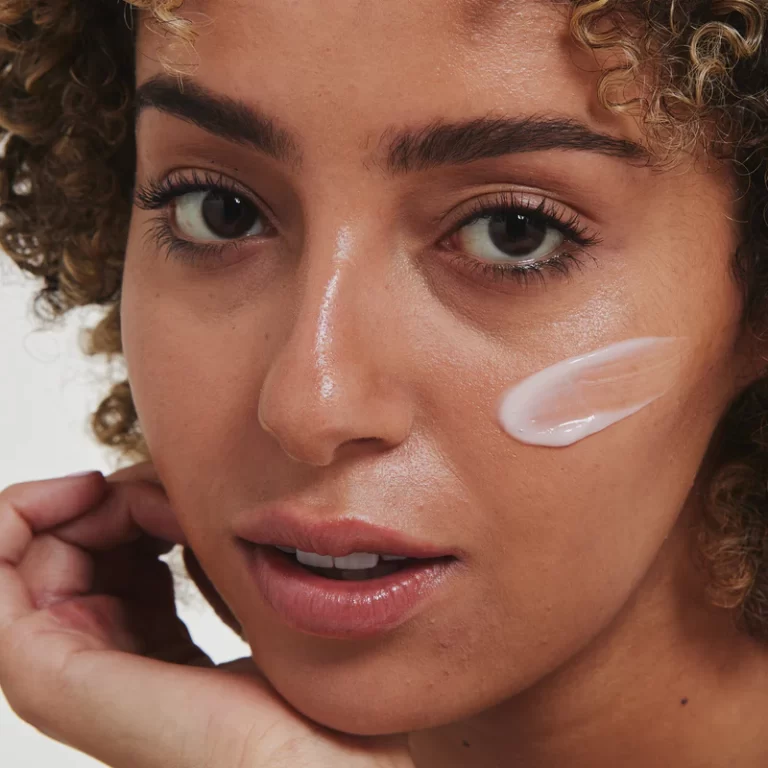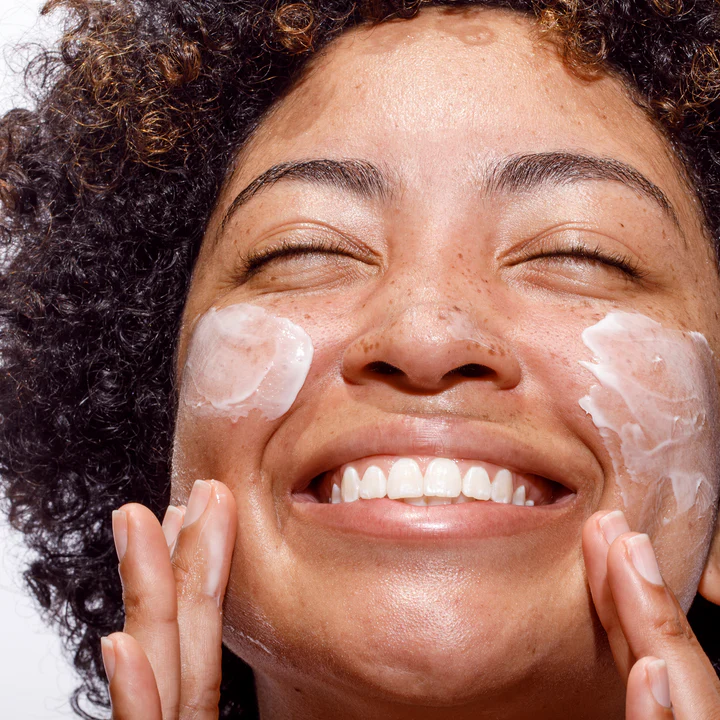
Tretinoin Face Cream: The Revolutionary Skincare Solution
Understanding the Power of Tretinoin in Skincare
Tretinoin face cream has emerged as a game-changer in the world of skincare. This potent ingredient, derived from vitamin A, offers remarkable benefits for those seeking to improve their skin’s appearance and health. Tretinoin works by increasing cell turnover, stimulating collagen production, and regulating skin cell function. As a result, it effectively addresses a wide range of skin concerns, from acne to fine lines and wrinkles.
Many dermatologists consider tretinoin the gold standard in topical anti-aging treatments. Its ability to penetrate deep into the skin and work at a cellular level sets it apart from over-the-counter products. While tretinoin requires a prescription in many countries, its popularity continues to grow as more people discover its transformative effects. This blog will explore the various aspects of tretinoin face cream, including its benefits, proper usage, potential side effects, and how to incorporate it into a skincare routine.

The Science Behind Tretinoin: How It Works
Tretinoin belongs to a class of compounds called retinoids, which are derivatives of vitamin A. When applied to the skin, tretinoin penetrates the outer layer and reaches the dermis, where it interacts with skin cells at a molecular level. It primarily works by binding to specific receptors in skin cells, triggering a series of beneficial reactions. Tretinoin accelerates the natural process of skin cell turnover, helping to shed old, damaged cells more quickly and replace them with fresh, healthy cells. This increased cell turnover leads to improved skin texture and tone.
Additionally, tretinoin stimulates the production of collagen and elastin, two crucial proteins that maintain skin’s firmness and elasticity. By boosting these proteins, tretinoin helps reduce the appearance of fine lines and wrinkles. It also regulates sebum production, making it effective in treating acne. Tretinoin’s ability to unclog pores and prevent the formation of new comedones makes it a valuable tool in managing breakouts. Furthermore, tretinoin has been shown to increase the skin’s ability to retain moisture, leading to a more hydrated and plump appearance. Understanding these mechanisms helps explain why tretinoin is such a versatile and effective skincare ingredient.
Benefits of Tretinoin: From Acne to Anti-Aging
Tretinoin offers a wide array of benefits, making it a versatile solution for various skin concerns. Primarily, it’s renowned for its effectiveness in treating acne. Tretinoin unclogs pores, prevents the formation of new comedones, and reduces inflammation associated with acne. This makes it particularly useful for those struggling with persistent breakouts. Beyond acne treatment, tretinoin has gained recognition for its anti-aging properties. Regular use can significantly reduce the appearance of fine lines and wrinkles by stimulating collagen production and accelerating skin cell turnover. This results in smoother, more youthful-looking skin.
Tretinoin also helps in evening out skin tone by fading dark spots and hyperpigmentation. It can improve the overall texture of the skin, reducing roughness and enhancing smoothness. For those dealing with sun damage, tretinoin can help reverse some of the effects of photoaging. It’s even been shown to have a positive impact on the appearance of large pores, making them appear smaller over time. Additionally, tretinoin can improve the efficacy of other skincare products by enhancing skin penetration. These multifaceted benefits make tretinoin a popular choice for those seeking comprehensive skin improvement.
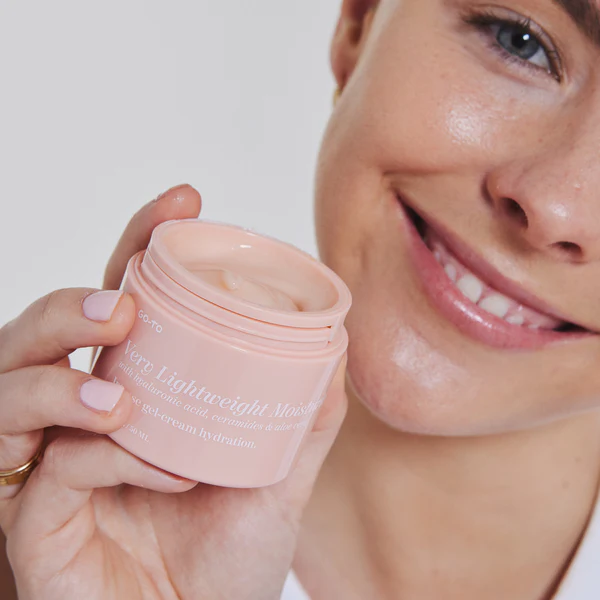
Starting Your Tretinoin Journey: Usage and Application
Beginning a tretinoin regimen requires careful consideration and proper technique. Start by consulting a dermatologist to determine the appropriate strength and formulation for your skin. Tretinoin typically comes in strengths ranging from 0.01% to 0.1%, with lower concentrations recommended for beginners. Apply tretinoin to clean, dry skin in the evening, as sunlight can degrade the active ingredient. Use only a pea-sized amount for the entire face, applying it evenly and avoiding the eye area, corners of the nose, and mouth. Gently massage the cream into the skin until fully absorbed.
Initially, use tretinoin every other night or even less frequently to allow your skin to adjust. Gradually increase usage as your skin builds tolerance. It’s crucial to be patient, as visible results may take several weeks to months to appear. During the day, always apply a broad-spectrum sunscreen, as tretinoin can increase skin sensitivity to UV rays. Incorporate a gentle, non-irritating moisturizer into your routine to combat potential dryness. Avoid using harsh exfoliants or other active ingredients when starting tretinoin, as this can increase irritation. Remember, consistency is key with tretinoin use, so stick to your regimen even if you don’t see immediate results.
While tretinoin offers numerous benefits, it’s important to be aware of potential side effects, especially during the initial adjustment period. Common side effects include redness, dryness, peeling, and mild irritation. These effects, often referred to as the “tretinoin purge,” are typically temporary and subside as the skin adapts to the treatment. To minimize discomfort, start with a lower concentration and gradually increase usage. If irritation persists, try applying moisturizer before tretinoin or mixing the tretinoin with a moisturizer to buffer its effects.
Some users may experience a temporary increase in acne breakouts as the skin purges impurities. This is normal and usually resolves within a few weeks. Avoid picking or scratching the skin during this time to prevent scarring. If side effects become severe or persist beyond a few weeks, consult your dermatologist. They may recommend adjusting your usage or switching to a different formulation. Stay hydrated and avoid excessive sun exposure to help mitigate side effects. Some users find that incorporating gentle, hydrating serums or using a humidifier can help combat dryness. Remember, not everyone experiences significant side effects, and many find that the benefits of tretinoin outweigh the initial adjustment period.
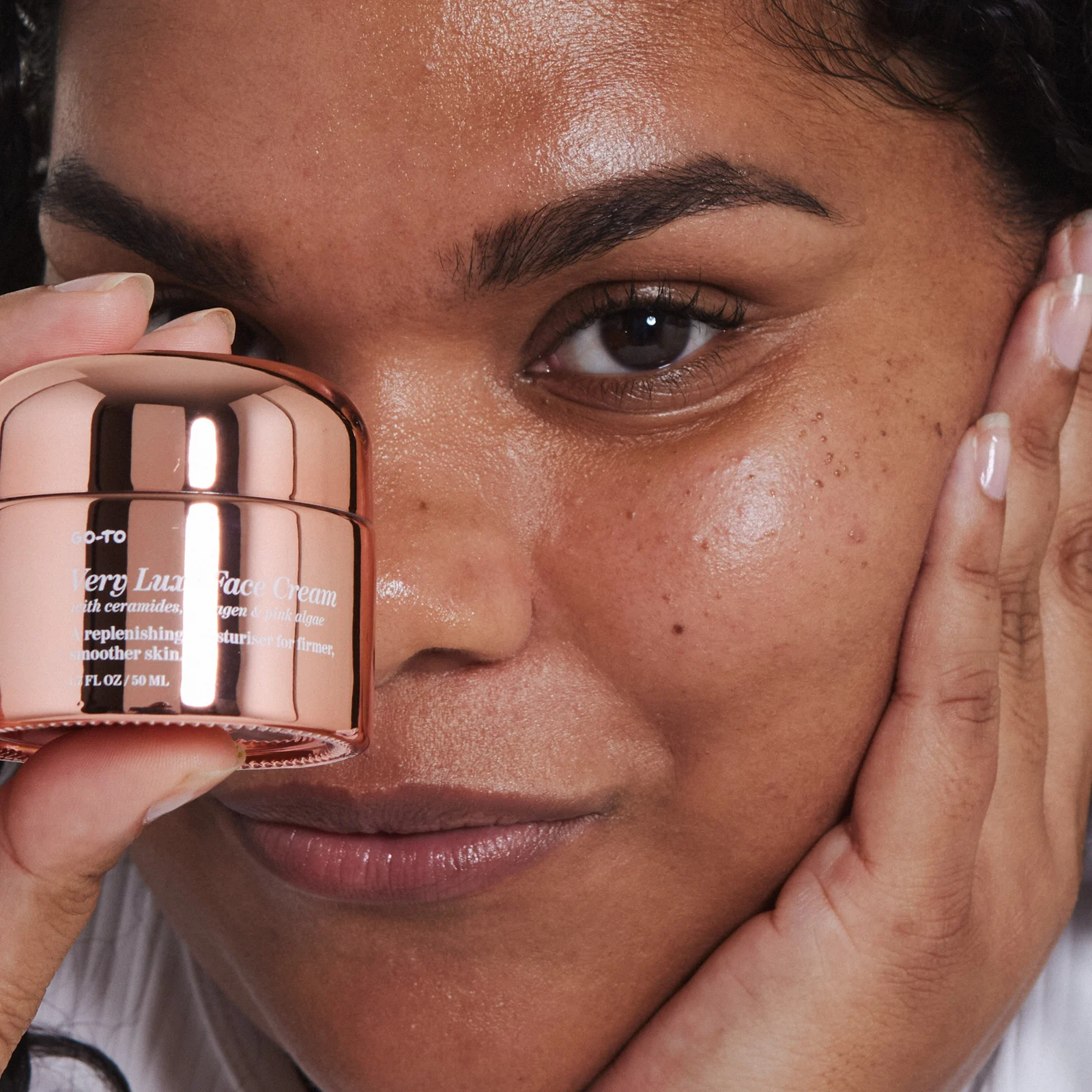
Combining Tretinoin with Other Skincare Products
Integrating tretinoin into an existing skincare routine requires careful consideration to maximize benefits and minimize potential irritation. Generally, it’s best to simplify your routine when starting tretinoin. Use a gentle, non-foaming cleanser to avoid stripping the skin of natural oils. Follow with a hydrating toner or essence to restore moisture balance. When using tretinoin, avoid products containing other active ingredients like benzoyl peroxide, salicylic acid, or alpha-hydroxy acids, as these can increase irritation. Instead, focus on gentle, hydrating products that support the skin barrier.
In the morning, apply a lightweight, non-comedogenic moisturizer followed by a broad-spectrum sunscreen. At night, after cleansing, wait 20-30 minutes before applying tretinoin to ensure the skin is completely dry. Follow with a moisturizer if needed. Some beneficial ingredients to pair with tretinoin include hyaluronic acid for hydration, niacinamide for soothing and brightening, and ceramides for strengthening the skin barrier. As your skin adjusts, you can gradually reintroduce other active ingredients, but always consult with a dermatologist before making significant changes to your routine. Remember that tretinoin increases skin cell turnover, so exfoliation should be minimal to avoid over-sensitizing the skin.
Tretinoin vs. Over-the-Counter Retinol: Understanding the Differences
While tretinoin and over-the-counter retinol products both belong to the retinoid family, they differ significantly in strength and efficacy. Tretinoin is a prescription-strength retinoid that works directly on skin cells. It’s more potent and acts faster than retinol, producing more noticeable results in a shorter time frame. Retinol, on the other hand, is a milder form of vitamin A that must be converted by the body into retinoic acid before it can affect skin cells. This conversion process makes retinol less potent but also less likely to cause irritation.
Tretinoin is backed by extensive clinical research demonstrating its effectiveness in treating acne, fine lines, and uneven skin tone. While retinol can provide similar benefits, it typically requires longer use to achieve comparable results. The choice between tretinoin and retinol often depends on individual skin concerns, sensitivity, and desired outcomes. Those with sensitive skin or beginners to retinoids might start with retinol before progressing to tretinoin. However, for more stubborn skin issues or faster results, tretinoin is often the preferred choice. It’s important to note that tretinoin requires a prescription, while retinol products are widely available over the counter.
Long-Term Benefits and Maintenance with Tretinoin
Consistent, long-term use of tretinoin can lead to significant improvements in skin health and appearance. Users often report continued enhancements in skin texture, tone, and overall radiance even after months or years of use. Tretinoin’s ability to stimulate collagen production doesn’t diminish over time, making it an effective tool for ongoing anti-aging skincare. Regular use helps maintain the skin’s youthful appearance by continuously promoting cell turnover and supporting skin structure. For acne-prone individuals, long-term tretinoin use can lead to fewer breakouts and improved skin clarity.
It’s important to note that the benefits of tretinoin are maintained only with continued use. If treatment is stopped, the skin will gradually return to its pre-treatment state. To maximize long-term benefits, incorporate tretinoin into a comprehensive skincare routine that includes proper cleansing, moisturizing, and sun protection. As the skin adapts to tretinoin over time, some users find they can increase the concentration or frequency of application under dermatologist guidance. Regular check-ins with a skincare professional can help adjust the tretinoin regimen to meet changing skin needs and goals.
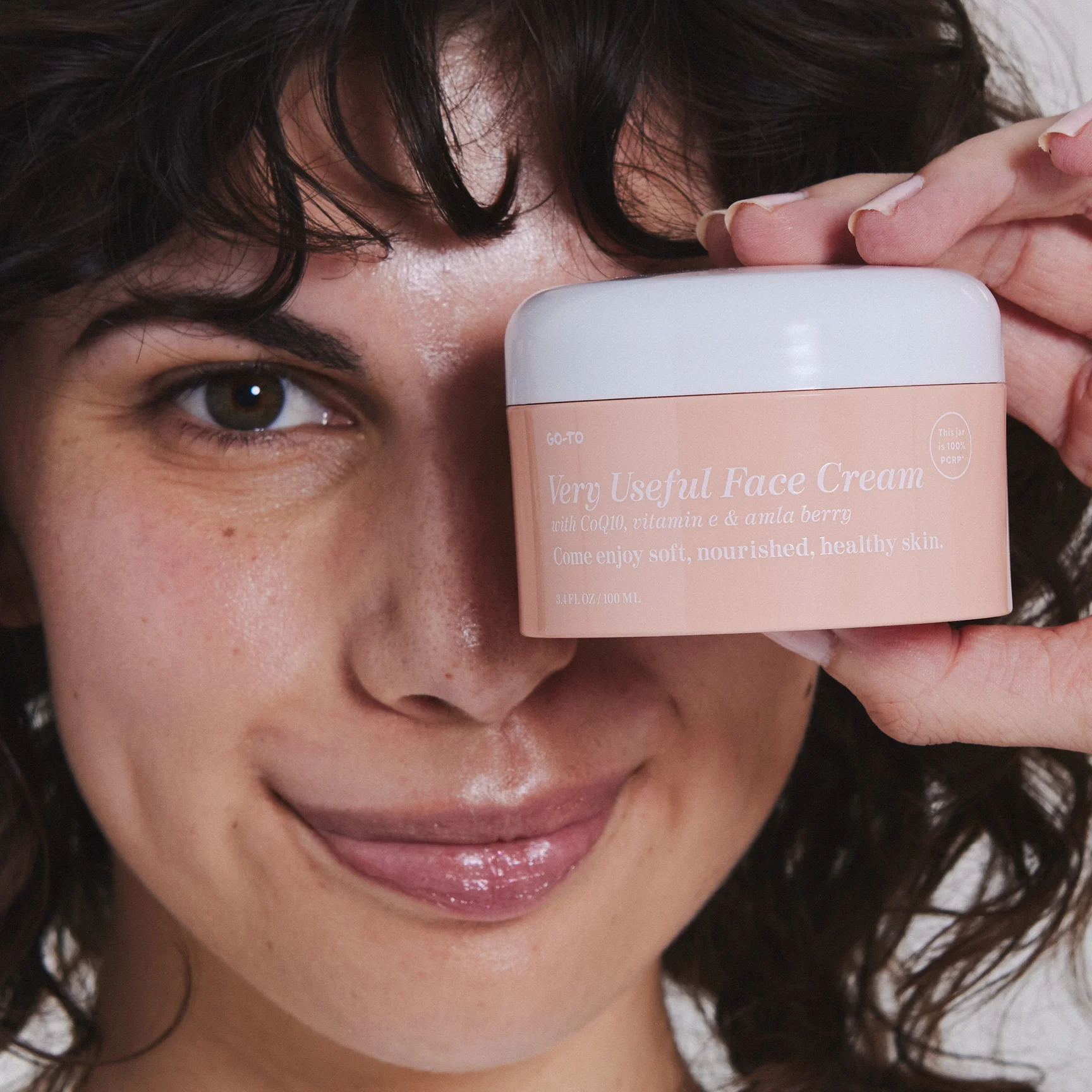
Tretinoin for Different Skin Types and Concerns
Tretinoin’s versatility makes it suitable for various skin types and concerns, though application and concentration may need to be adjusted. For oily and acne-prone skin, tretinoin can help regulate sebum production and clear pores, often leading to significant improvements in acne symptoms. Those with dry or sensitive skin should start with a lower concentration and use it less frequently to minimize irritation. Combination skin types may benefit from spot treating oily areas with tretinoin while focusing on hydration for drier zones.
For aging skin, tretinoin can address multiple concerns simultaneously, including fine lines, uneven texture, and age spots. In the case of hyperpigmentation or melasma, tretinoin can be particularly effective when combined with other lightening agents under dermatologist supervision. Those with rosacea or extremely sensitive skin should approach tretinoin with caution and only use it under close medical supervision. Regardless of skin type, it’s crucial to maintain a consistent skincare routine alongside tretinoin use, focusing on gentle cleansing, adequate hydration, and sun protection. Customizing the tretinoin regimen to individual skin needs ensures optimal results while minimizing potential side effects.
Myths and Misconceptions About Tretinoin
Despite its proven efficacy, tretinoin is subject to various myths and misconceptions that can deter potential users. One common myth is that tretinoin thins the skin. In reality, tretinoin actually thickens the dermis over time by stimulating collagen production. Another misconception is that tretinoin should only be used for acne or only for anti-aging. In fact, its benefits span both concerns and more. Some believe that higher concentrations of tretinoin always yield better results, but this isn’t necessarily true. Lower concentrations can be equally effective with less irritation, especially for long-term use.
There’s also a myth that tretinoin must cause severe peeling to be effective. While some initial skin adjustment is normal, excessive irritation is not required for tretinoin to work. Some users worry that tretinoin will make their skin more susceptible to sun damage. While it does increase sun sensitivity, proper sun protection allows for safe daytime use. Another misconception is that results from tretinoin are immediate. In reality, it takes several weeks to months to see significant improvements. Lastly, some believe that tretinoin can’t be used around the eyes or on the neck. When used carefully and as directed by a dermatologist, tretinoin can benefit these areas as well.
